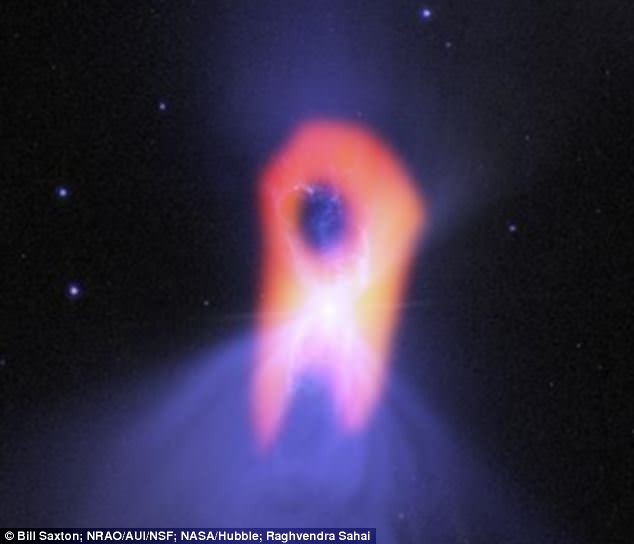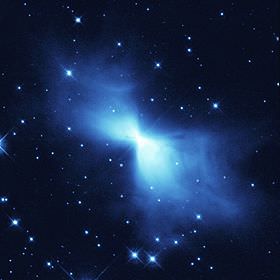The Cosmic Microwave Background Radiation is the afterglow of the Big Bang; one of the strongest lines of evidence we have that this event happened. UCLA’s Dr. Ned Wright explains.
“Ok, I’m Ned Wright, and I’m a professor of physics and astronomy at UCLA, and I work on infrared astronomy and cosmology.”
How useful is the cosmic microwave background radiation?
“Well, the most important information we get is from the cosmic microwave background radiation come from, at the lowest level, is it’s existence. When I started in astronomy, it wasn’t 100 percent certain that the Big Bang model was correct. And so with the prediction of a cosmic microwave background from the Big Bang and the prediction of no cosmic microwave background from the competing theory, the steady state, that was a very important step in our knowledge.”
“And then the second aspect of the cosmic microwave background that is very important, is that it’s spectrum is extremely similar to a black body. And so, by being a black body means that universe relatively smoothly transitioned from being opaque to being transparent, and then we actually see effectively an isothermal cavity when we look out, so it looks very close to a black body.”
“And the fact that we are moving through the universe can be measured very precisely by looking at what is called the dipole anisotropy of the microwave background. So one side of the sky is slightly hotter (about 3 millikelvin hotter) and one side of the sky – the opposite side of the sky – is slightly colder (about 3 millikelvin colder), so that means that we are moving at approximately a tenth of a percent of the speed of light. And in fact we now know very precisely what that value is – it’s about 370 kilometers per second. So that’s our motion, the solar system’s motion, through the universe.”
“An then the final piece of information we’re getting from the microwave background now, in fact the Planck satellite just gave us more information along these lines is measurement of the statistical pattern of the very small what I call anisotropies or little bumps and valleys in the temperature. So in addition to the 3 millikelvin difference, we actually have plus or minus 100 microkelvin difference in the temperature from different spots. And so, when you look at these spots, and look at their detailed pattern, you can actually see a very prominent feature, which is there’s about a one and a half degree preferred scale, and that’s what’s caused by the acoustic
waves that are set up by the density perturbations early in the history of the universe, and how far they could travel before the universe became transparent. And that’s a very strong indicator about the universe.”
What does it tell us about dark energy?
“The cosmic microwave background actually has this pattern on a half degree scale, and that gives you effectively a line of position, as you have with celestial navigation where you get a measurement of one star with a sextant, then you get a line on the map where you are. But you can look at the same pattern – the acoustic wave setup in the universe, and you see that in the galaxy’s distribution a lot more locally. We’re talking about galaxies, so it might be a billion light years away, but to cosmologists, that’s local. And these galaxies also show the same wave-like pattern, and you can measure that angle at scale locally and compare it to what you see in history and that gives you the crossing line of position. And that really tells us where we are in the universe, and how much stuff there is and it tells us that we have this dark energy which nobody really understands what it is, but we know what it’s doing. It’s making the universe accelerate in it’s expansion.”





